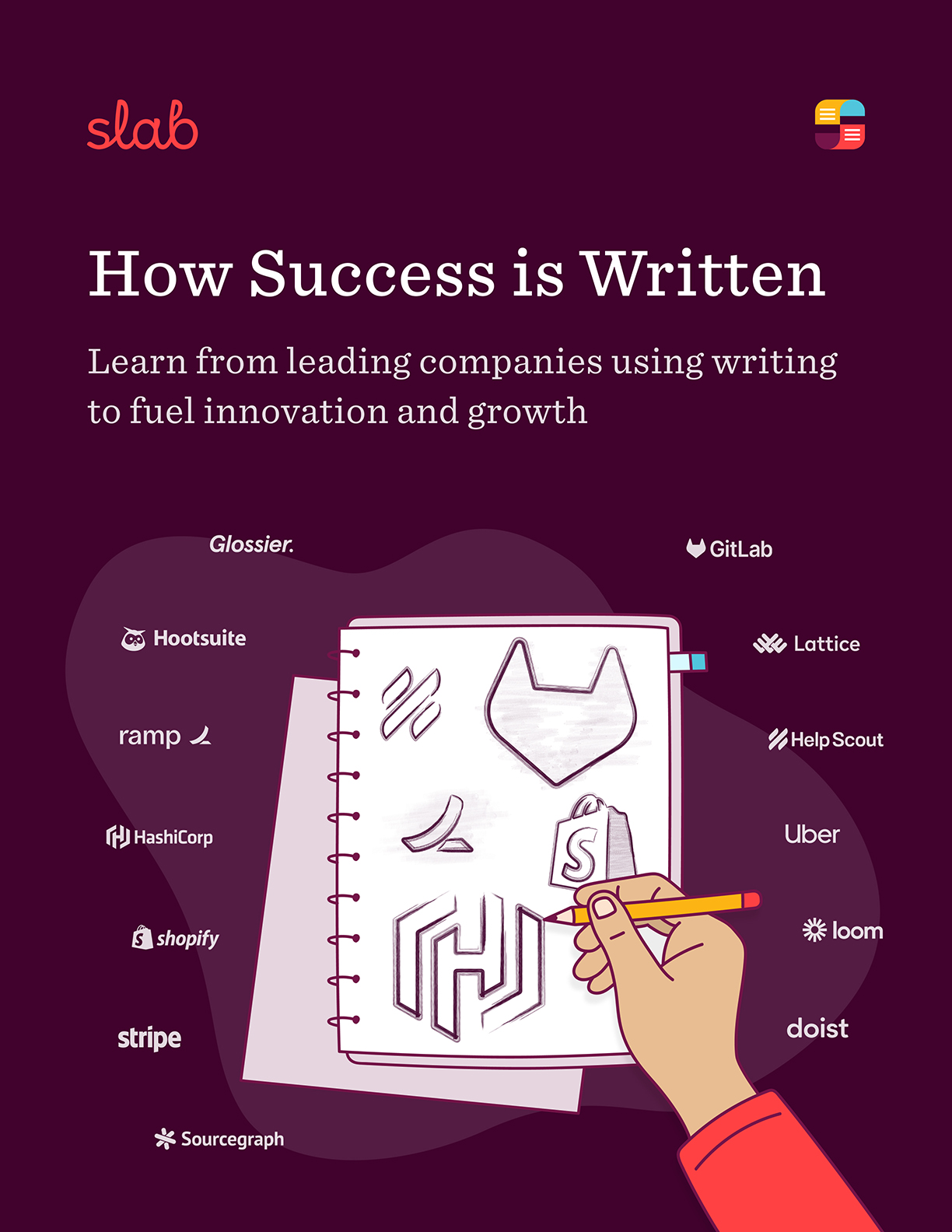
Access to background knowledge, meeting notes, and plans for the future can turn an uncertain decision into an informed one. Lattice’s Chief of Staff, Emily Smith, helps facilitate the flow of information to support better decision-making within the organization. Much of this information flow revolves around writing. As Emily tells it, “Companies can’t scale when important knowledge only exists in peoples’ heads. Decisions and the context around them get lost if they’re not written down.”

For this reason, Emily directs a lot of her attention to the frameworks and processes around writing and documentation. There are a number of things that need to be accessible in the company wiki to aid with decision-making. “If we do it the right way, we can go back and see what was communicated and when, which helps us,” says Emily. “When we approach documentation with the mindset that people will be seeking it out [for] decision-making, we’re more successful.”
“Companies can’t scale when important knowledge only exists in peoples’ heads. Decisions and the context around them get lost if they’re not written down.”
For that reason, anyone who is updating the company wiki is encouraged to keep the following questions in mind:
- What context will people need when they seek out this information?
- What are the main takeaways of this piece of documentation?
- What are the goals we’re hoping to achieve by writing this down?
Knowing how to distribute written information effectively is another important aspect of a healthy writing culture. “We need to create the right push-and-pull frameworks for the information that’s critical for people in their roles,” says Emily.
She adds that accessibility to information is nuanced—making all information accessible to everyone at all times can create a distraction that makes decision-making even more difficult and can dilute essential information. “We want to create access, but don’t want to push information that isn’t relevant,” she says.
Before a Lattice employee distributes information, they are encouraged to think about who the main audience is, and how that audience will need to use it as a reference. Ironing out these details ahead of time makes a huge difference in how knowledge is documented and distributed, and keeps the information-sharing process focused and streamlined.